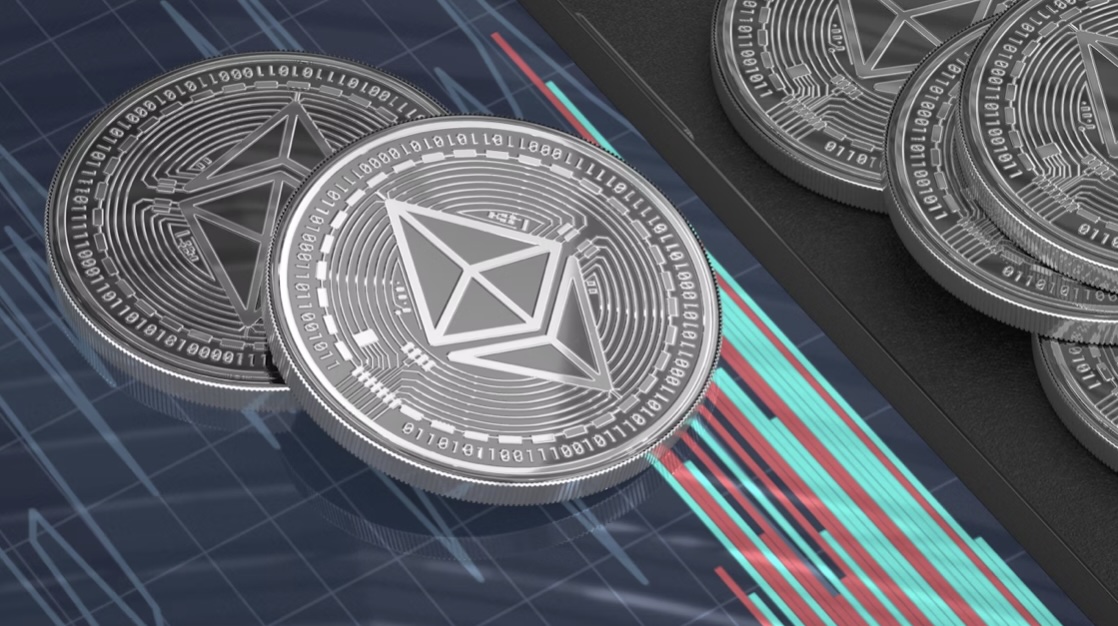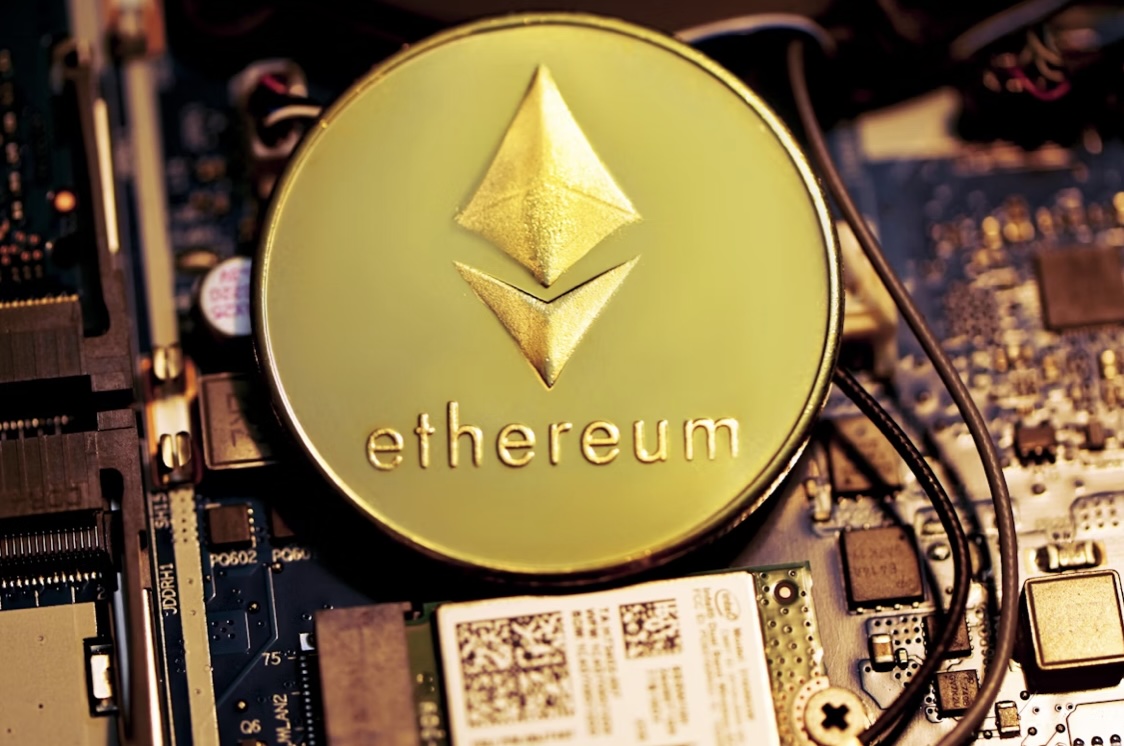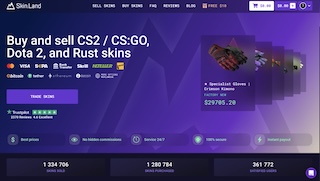Nov 20 (News On Japan) - The kingdom of crypto doesn’t have to be predictable. Ethereum, alongside Solana, challenges the traders' minds and moves toward the bright future of innovation.

Despite that, two crypto platforms emphasize a trustworthy crypto environment and establish steadfast trading guidelines.
Many of us attribute a trader's success to the twist of fate. The truth is, sticking to verified digital assets is crucial. For instance, with a reliable platform, one can effortlessly swap eth for solana for the best convenience and hassle-free experience.
Let's investigate how Ethereum and Solana have metamorphosed the versatile trading landscape, and why these crypto platforms are fighting for supremacy.
The Reality Check on Popular Cryptocurrencies

In the eye of the digital storm, Ethereum and Solana have firmly established their presence in the crypto space. As confirmed, Ethereum remains at the forefront in total active developers, with 31,869, versus Solana's 17,708.
Despite countless obstacles, Solana is moving through the ranks. In particular, the blockchain's total number of developers leaped by 83% year-over-year. This fact earned the network the title of "#1 ecosystem for new developers", according to Yahoo Finance.
Undeniably, numbers help users gain clarity regarding cryptocurrencies, their popularity, and future growth. Consequently, the market presently exists in two realities simultaneously. Ethereum dominates in absolute terms and experience, while Solana captures attention with its growth velocity and media presence.
Crypto Dominance: Who is Claiming the Palm
The point is made that Solana is gradually taking over Ethereum's dominance in three areas. The truth is, having more capital doesn't guarantee you'll stay on top. Therefore, Solana is posing a long-term threat to Ethereum.
1. Ethereum Capital
Ethereum maintains a competitive edge in terms of deep liquidity and a robust developer base. Nevertheless, Solana is nipping at the heels. The competition is undoubtedly heating up. Let's take tokenization, for instance. The tokenization of real-world assets is projected to become a $16 trillion market by 2030.
Ethereum manages approximately $7.5 billion, representing nearly 60% of all tokenized assets on the blockchain. Solana, by comparison, holds a much smaller share of $361 million, or just 2.8%, but this figure is constantly on the rise.
In DeFi terms, Ethereum boasts a whopping $64.2 billion in total value locked (TVL), with over 418,000 active addresses utilizing the network, trading at $2,515.
Solana, on the other hand, has registered about 2.95 million active addresses over the past day. There was a significant jump in user activity, with a total value locked (TVL) of $8.53 billion. Solana is grabbing interest due to how active its users are daily.
Ethereum upgrades like Dencun and Pectra are signs that ETH is expanding its presence. Launched in March 2024, Dencun incorporated a danksharding prototype (EIP-4844) to help trim the budget on second-layer networks.

Then came Pectra, adding smart contract-like capabilities to regular wallets. Moreover, this upgrade boosted the staking limit for validators to 2,048 ETH. Many investors believe that Ethereum spent years promising lower fees but failed to deliver.
According to optimistic forecasts, ETH will be worth around $7,000–$10,000 in the long term. The development of DeFi and the participation of institutional investors may become the next driving force.
2. DePIN Projects on Ethereum
DePIN stands for Decentralized Physical Infrastructure Networks. It's all about employing blockchain to manage real-world systems, such as wireless networks. Instead of relying on corporate giants, users contribute resources, such as bandwidth or storage, and earn tokens in exchange.
Have you encountered any troubles at this point? The fact is that these networks necessitate small, frequent transactions. However, Ethereum's high gas fees make scaling challenging.
On top of that, DePIN projects ultimately rely on Layer 2 or sidechains like Polygon or Arbitrum. This fact adds complexity and scatters the experience across multiple platforms.
On the other hand, Solana is becoming a hot spot for DePIN. Its prompt and low-cost design makes it a wise solution for working on real-world projects like Roam. With Solana, everything runs on a single, unified chain. Devices and smart contracts can interact seamlessly, and this is the thing the Ethereum base layer can't do effectively.
3. AI Agents on Sol
AI agents are becoming an indispensable part of the crypto system. Bots that purchase assets, process data, pay for services, and make decisions are a new reality. Notably, AI agents execute hundreds or thousands of microtransactions daily.
On Ethereum, this element becomes unsustainable. On Solana, it's practically free, costing only about $0.0001.
Solana's Sealevel engine allows for parallel transaction processing. It means that AI agents interact with multiple protocols or smart contracts simultaneously. Ethereum, on the other hand, processes transactions sequentially. Therefore, agents running on Ethereum experience delays in case the network is congested.
Unleashing the potential, the Solana Foundation took action. The blockchain platform launched the open-source ChatGPT plugin and committed $10 million in AI grants in May 2023.
They say that fluency doesn’t describe crypto supremacy. Reality is harsh, and users call for quick decisions. Therefore, speed is a significant factor in the world of crypto. In addition, decentralization and scalability are pivotal, promising global expansion for digital assets.
Tracking Down Bits of Crypto Statistics

Solana vs. Ethereum 2025 Cost and Speed Comparison:
- Transaction Speed: Solana 65,000 TPS theoretical (4,000 TPS actual) vs. Ethereum 30 TPS
- Block Time: Solana 400 milliseconds vs. Ethereum 12 seconds
- Final Confirmation: Solana 2.5 seconds vs. Ethereum 15 minutes
- Average Cost: Solana $0.00025 vs. Ethereum $0.05-50
- Cost Difference: Up to 200,000x
- Ecosystem and TVL: Maturity and Growth Comparison
Ethereum vs Solana: Comparison Chart
| Comparison Aspect | Ethereum | Solana |
|---|---|---|
| Launch Year | 2015 | 2020 |
| Consensus Mechanism | Proof of Stake (PoS) | Proof of History (PoH) |
| TPS (Transactions per Second) | 15-30 | Over 4000 |
| Block time | 12.12 | 0.44 |
| Gas fees | $1 and above | Considerably lower, around 0.02 |
| Programming Language | Solidity, Vyper | Rust |
| Native token use cases | ETH is used for transaction fees, computing services, staking, and investments. | SOL is used for transaction fees, staking, network security, and investments. |
This table clearly demonstrates that despite considerable discrepancies, both blockchain platforms guarantee great investment potential and network security.
An Overview of dApps, DeFi, and NFTs on Both Platforms
Lets break down the terminology first:
- dApps: Decentrilized Apps based on the blockchain technology. Likewise, they can operate without human intervention.
- DeFi: Decentralized Finance generated to allow users conduct financial transactions hassle-free. They guarantee privacy by default to boot.
- NFTs: Non-Fungible Tokens revolutionize how we interpret ownership. WIth NFTs, the era of physical possessions has sunk into oblivion. These assets show how digital art can be owned and traded in the virtual space.
Now, lets compare how these terms are implemented on practice with ETH and SOL.
- Ethereum: As the pioneer blockchain platform to support smart contracts, Ethereum boasts the largest and most multifaceted dApp ecosystem, comprising nearly 5,000 dApps and a staggering 290 million active addresses.
Furthermore, ETH is the birthplace of DeFi, home to major platforms like Uniswap, MakerDAO, and Compound. This trio of cutting-edge networks has metamorphosed borrowing, lending, and trading in the crypto space.
Ethereum is seen as a pioneer in the realm of NFTs, with versatile projects like OpenSea cornering the market. Its network security and EVM compatibility make it an industry-ready alternative for developers.

- Solana: Despite being comparatively recent to the scene, Solana has swiftly emerged a robust dApp ecosystem of over 440 dApps and over 100 million active addresses. In this case, high throughput and low transaction costs are in focus.
SOL has brought DeFi projects like Jupiter, Raydium, and Orca, leveraging its speed to provide a smoother user experience. Solana is also making strides in the NFT space with marketplaces like Solanart and Metaplex, featuring a cost-effective alternative to Ethereum's higher gas fees.
Mainstream market didn’t pass by. The blockchain has kick-started visible integrations with the mainstream market. The launch of the Solana Saga smartphone to bridge the gap between mobile and blockchain technology was the first sign of victory. Moreover, partnering with the Helium network to improve decentralized wireless infrastructure added to the
Top-Notch dApps and Projects
- Ethereum: Ethereum reigns supreme with dApps, focusing on robust security and decentralization. As well, it excels in areas such as DeFi, NFTs, and enterprise solutions. Major DeFi protocols like Uniswap, Aave, and Compound continue to dominate the ecosystem, managing billions of dollars in total value locked (TVL).
Ethereum's NFT space is thriving, with projects like CryptoPunks, Bored Ape Yacht Club, and Art Blocks setting records for digital art sales and community engagement. Furthermore, ETH's adoption of second-layer scaling solutions like Optimism, Arbitrum, and zkSync Era has further expanded its ecosystem.
In 2024, Ethereum faced a surge in interest in real-world asset tokenization (RWA), with projects like Centrifuge gaining momentum by bridging established finance with blockchain.
- Solana: Solana continues to position itself as a blockchain for high-frequency trading platforms, games, and high-performance applications. Its low latency and high throughput is a perfect match for those developers and users seeking faster and cheaper alternatives.
Probably, you have heard of Jupiter, a decentralized exchange offering unrivaled turnout time and efficiency; Audius, a decentralized music streaming platform; and Star Atlas, a futuristic metaverse and gaming experience. All of them are brainchildren of Solana.
The Bottom Line
Presently, Ethereum is dominating the scene with its valued legacy. However, Solana is undergoing a rapid transformation from a hype-driven currency to a smart financial tool. The near future will decide the winner, and we are just left out to observe.















